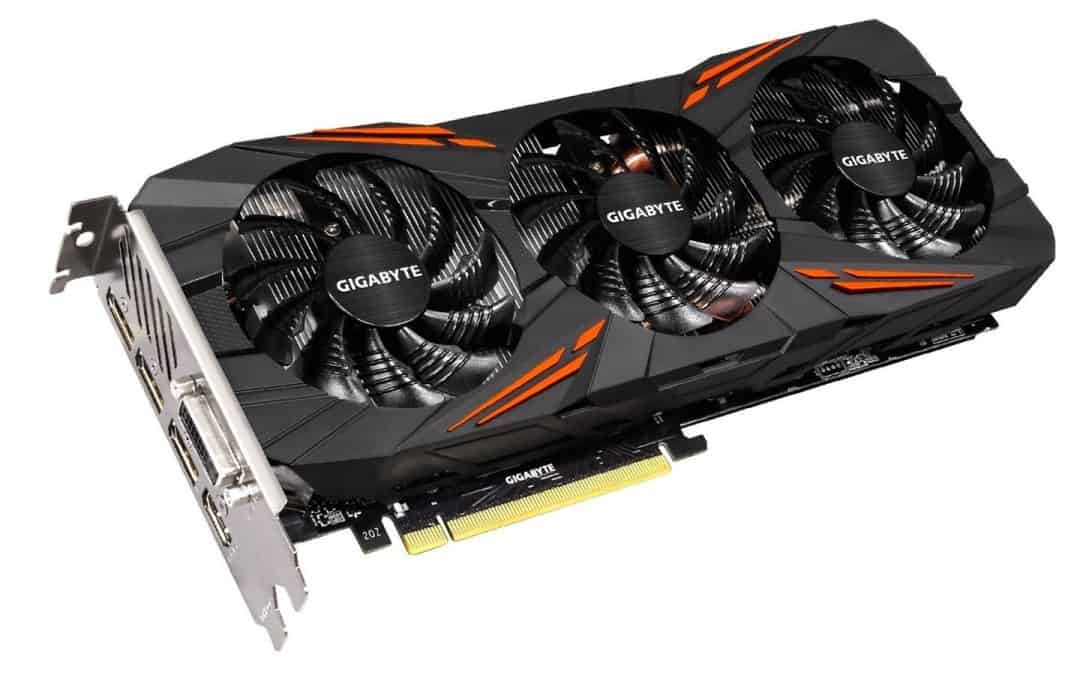If you intend to purchase a powerful gaming rig, the focus must be placed on the graphics card. The graphics card is the most vital component in a gaming PC. But purchasing a GPU can be a tasking job because there are a few things to look at, from the kind of monitor you are using to the size of your chassis e.t.c. It should not be that hard though. As long as you know your budget, PC requirements and performance goals, you are very close to locating the right graphics card for you. Let us break it all down for you in our Guide To Choosing The Best And Right GPU :

1. Compatibility
There is nothing more annoying than happily ripping your case apart to install your new graphics card, just to find out that it is one inch longer. Before any purchase, ensure you have checked properly to find out the amount of physical space your case can provide.
Be aware of the power supply too. How many amps can it provide on the 12v rails? How many watts is it actually rated for? plus how many six- and eight-pin PCIe connectors does it possess? Ensure all this are carefully investigated about the graphics card you intend to pay money or. If your PC cannot handle it, buying a graphics card that needs less power is key or you can go for a power upgrade.
Finally, check the ports. There are monitors that use DisplayPort, while others have HDMI, and some more ancient units only make use of DVI. Make sure the card you plan on buying has the connectors needed for your monitors. If you purchase a card with totally different parts when compared to the ones on your monitor, an adapter will be required, which is extra money.
2. Platform
Your systems tell you the type of graphics card you should go for. Having deep knowledge of your system’s restrictions can prevent you from wasting your money. For instance, if you are running an older dual-core CPU like Pentium or Celeron, high-end graphics cards are not advisable. In cases like this, purchase mid-range cards to avoid wastage of your hard-earned cash.
- Must Read: 10 Best Graphics Card For Your PC
Your display is definitely key in all of this too. You will not need high-end graphics hardware if you use an ancient 1280 x 1024 resolution monitor. If you plan on running three 1080p monitors in surround, a mid-range card is not the right choice as it will not give you great framerates in modern 3D games.
3. Memory and Bandwidth
Lots of people will tell you that the bigger the better when it comes to graphics card memory, but that is not always true. Except you use it alongside an ultra-high resolution, something like 4K or with various monitors in surround, the quantity of RAM will not make any glaring difference. And, lots of high-end graphics cards come alongside high memory by default.
- Must Read: Gaming Laptop vs Desktop : Which is Better?
What you should focus on is bandwidth. Data that is prepared to be processed by the GPU is normally stored on the card’s own dedicated memory named GDDR3 and GDDR5. Be aware that GDDR5 memory offers two times the bandwidth of GDDR3 at the same rate.
Since memory bandwidth is a vital key to the brilliant performance you seek, always go for GDDR5. In fact, 1 GB of GDDR5 is a wiser choice than 4 GB of GDDR3, as per performance.
4. CUDA Cores (Nvidia) or Stream Processors (AMD)
Even if the CUDA cores will not tell you about performance, they are still very much vital, especially in gaming. CUDA (Compute Unified Device Architecture) is Nvidia’s proprietary parallel computing language that functions to make your GPU work in different kind of ways and do its job more precisely.
- Must Read: Top 7 Gaming Laptops Available for Purchase
A CUDA core is kinda like AMD’s Stream Processors. The higher the number of CUDA cores or Stream Processors, the doper the GPU is displaying amazing visuals. This is so key for handling intensive graphics work or in gaming in need of decent framerates.
5. TDP Values
Like CPU, the GPU produces heat when it does its processing work, which gets shown by its TDP value. TDP values show the amount of power needed to ensure the GPU is at the right temperature. The more power the GPU needs, the more heat that gets produced. So, ensure you always go for the GPU with the most little TDP value.
There you have it – a comprehensive Guide to choosing the best and right GPU . As already mentioned, in purchasing a very good GPU for your computer, the parameters listed in this article should be taken into cognizance.



